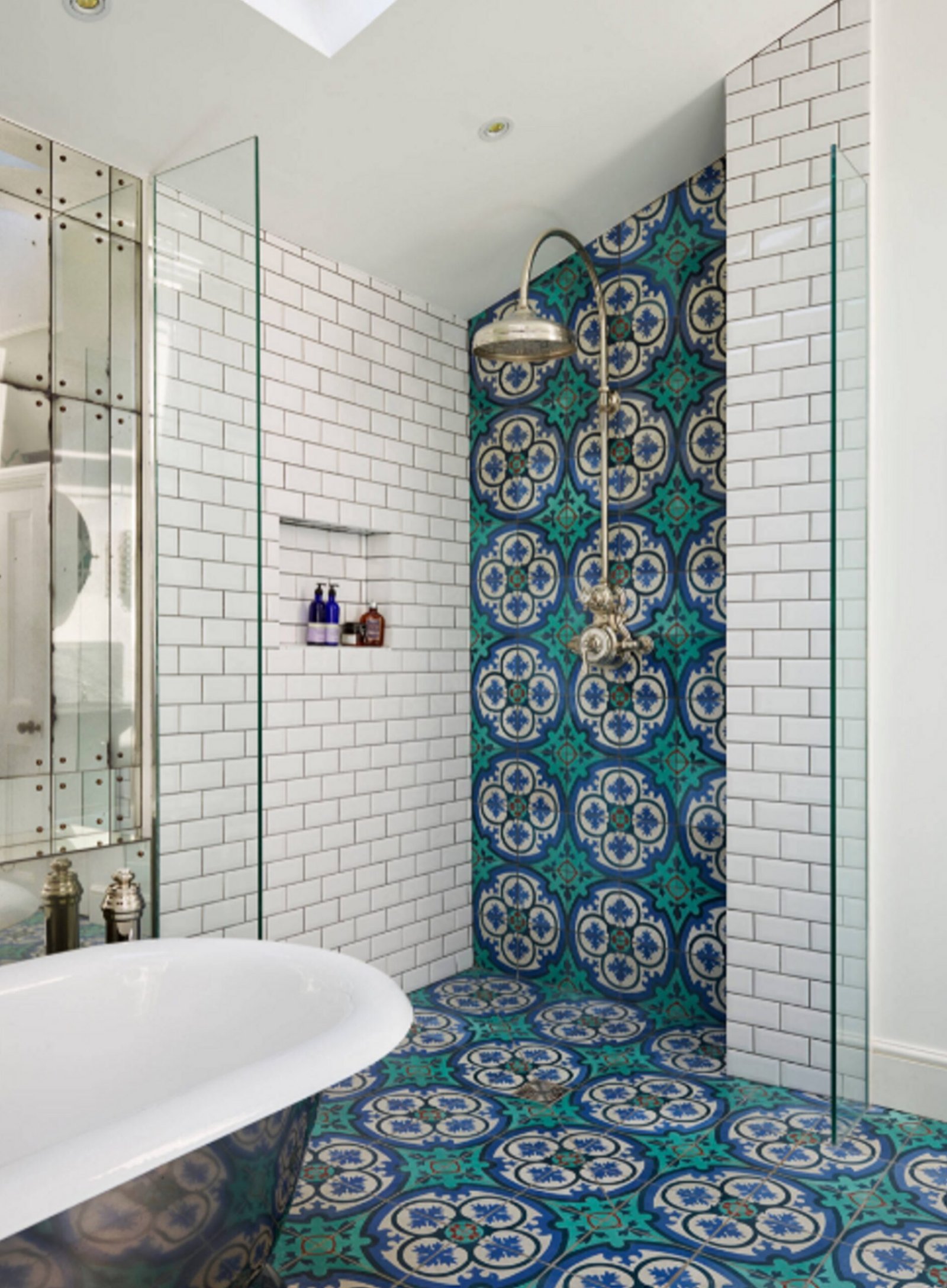Usually, winter brings frost, storms and more snow, which can bring quite serious damage to your home. These shortcomings are somehow inevitable and anyway, if they are repaired in a timely manner, you can save a lot of money over time.
Even you with little skill and patience, you can do some minor repairs such as a shaky area on the edge of chimney, a tile jumped from its place, a small crack in the façade, near the windowsill.

By Brad Stoner Painting San Diego – See more Home Design Photos
However, there is also the possibility of serious damage: a soaked exterior insulation, rotting beams, a clogged chimney, and paint peeled off from large portions of the walls. The only suitable recipe for these troubles is the regular control and check of the house. Therefore, every homeowner should always consider the following key points:
1. THE ROOF
In case of a pitched roof you must keep in mind the following:
1. How are the tiles?
2. They are in danger of falling?
3. They not staying positioned as they should?
4. There are tiles which shows splits or which are swollen in places?
After you secure the ladder or the scaffold, replace all the damaged or lost tiles with new ones. However, they should fit perfectly in their places, because otherwise they can be removed or moved by wind. Moss does not damage the material they are made tiles, but it can prevent water drain. Therefore it must be removed with a wooden slat.
In case of flat roofs the most critical point is where water accumulates. This should be removed immediately and the area should be thoroughly checked. It is possible that parts of the bitumen layer to be loose. In this case, the problem must be immediately addressed and repaired.
2. THE CHIMNEY
Check carefully, even with binoculars, if there are cracks. Moreover, the parts that connect the roof and chimney should be carefully observed and where there are serious damage, they must be repaired by a specialist because moisture can get into the insulation of the roof, which can lead to more severe damages.
However, many times it is missed the inspection and cleaning of the chimney, especially when is your boiler’s flue heat. Condensation can accumulate on its inner wall and at its end may appear brown spots. Over a long period of time they damage its stability because water with gases that come out will create an acid that “eat” the bricks.
3. EAVES and GUTTERS
Remove the plants growing inside the gutters. There are special solutions that will ease your work and prevent or slow the development of these plants. Check if there are no cracks (especially in the plastic ones) or rusty spots because they will become thinner and deteriorate over time.
However, damaged eaves must be replaced with new ones otherwise the home façade may be affected. Rainwater seeps on the facade, leaving traces, and even infiltrating into the walls.
4. FAÇADE
Check the facade cracks that have been formed due to the frost. You should be aware that for the upper parts of the wall you will need a stable ladder or even a small scaffold to repair the wall. It is important to thoroughly fill every crack in part because once they get water from rain or snow and freezes, the water volume will increase and the cracks grow more and more.
5. BALCONY
In what state is its floor? It is swollen or has cracks? The hollow sound mean they are not bonded anymore and can break very easily.
If balconies are made of concrete and rainwater has penetrated through cracks into the concrete then the steel can rust. Of course over time this harms the stability of the construction. Apply a thin layer of cement to fill the cracks.
Refer also to the railing it is possible that it will not stay secure anymore. If the wood you should pay attention to the guardrail. Wood can be rotten under the paint!
6. BASEMENT
Carefully check the surface of the interior walls and look for wet spots and cracks. Pungent odours can be a sign of mold. First, it should be clarified what kind of moisture is about, and where it comes from. It is possible that the water to come from the outside, which means the insulation has problems or it may come from the foundation. Measures may be taken only after it is detected the cause of the infiltration.
Part of Your Home Identity are Paintings – Creative Ideas (howtobuildahouseblog.com)


